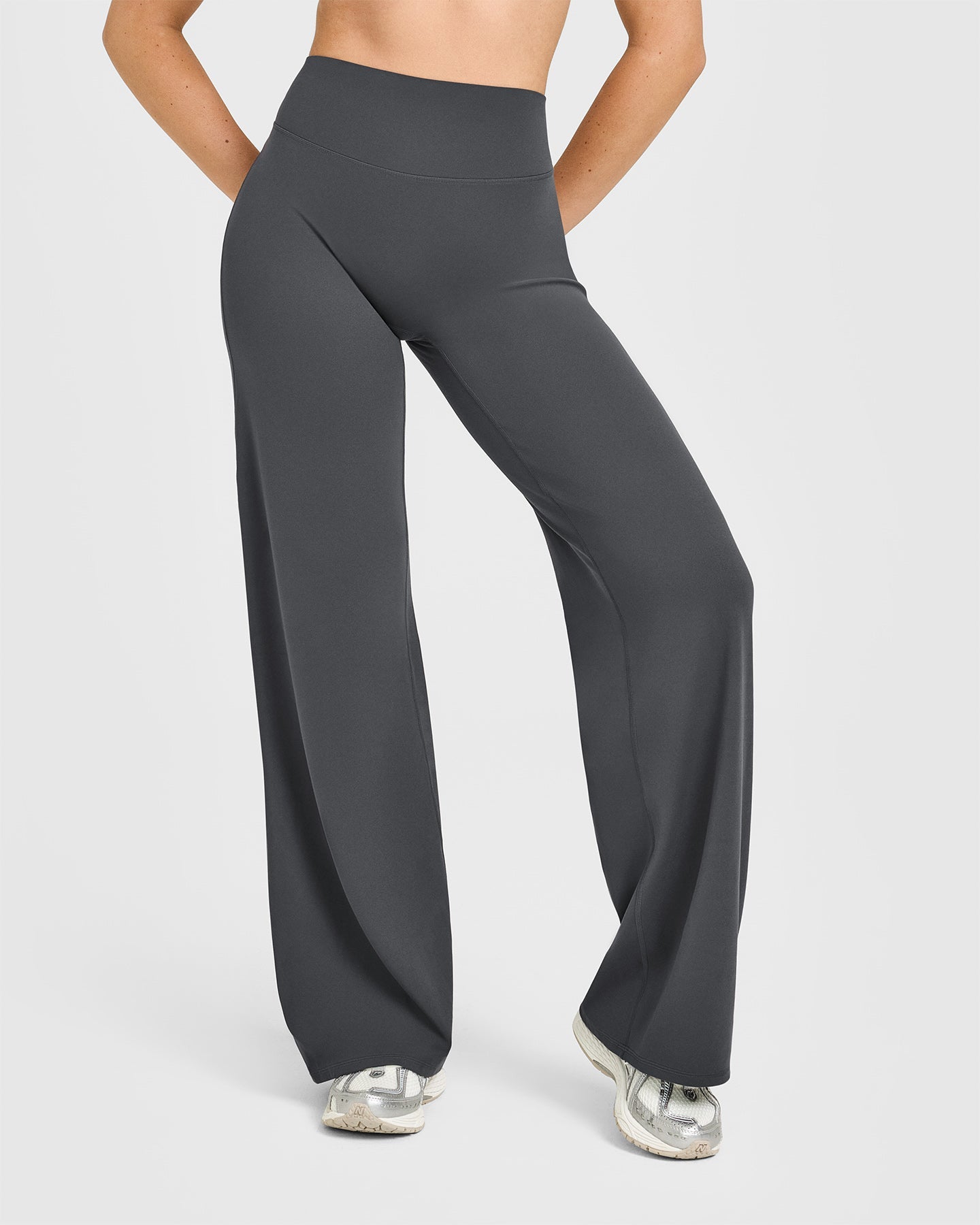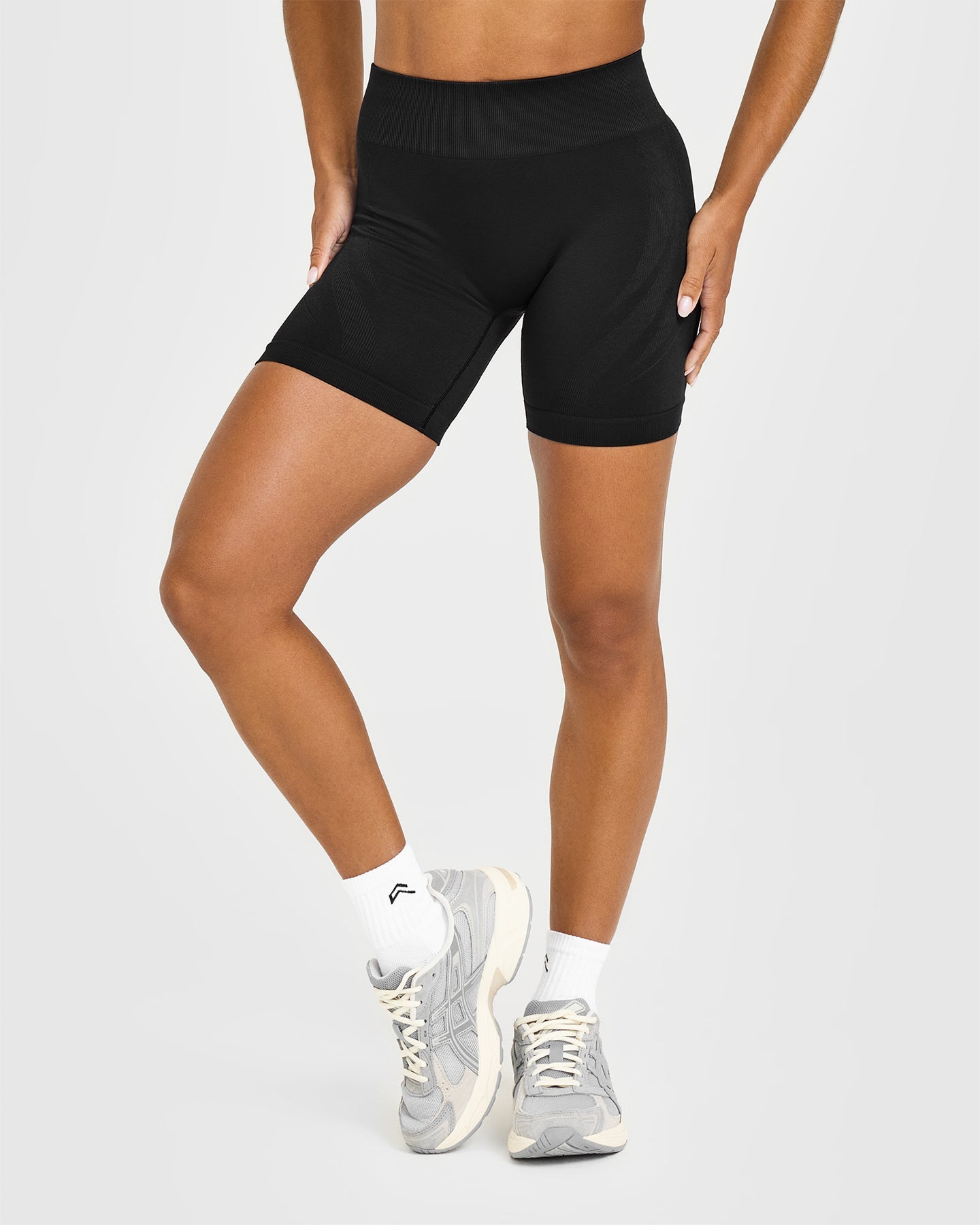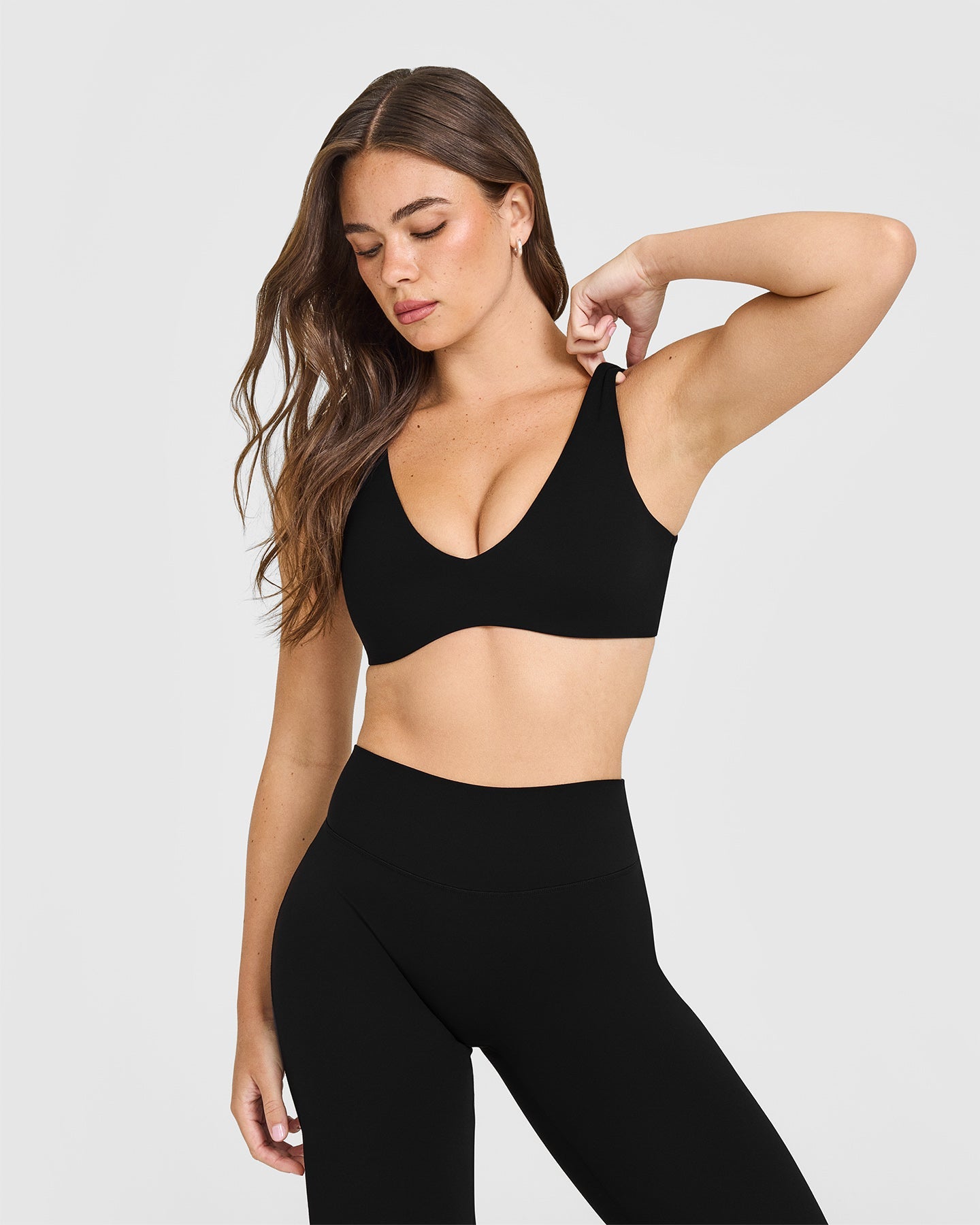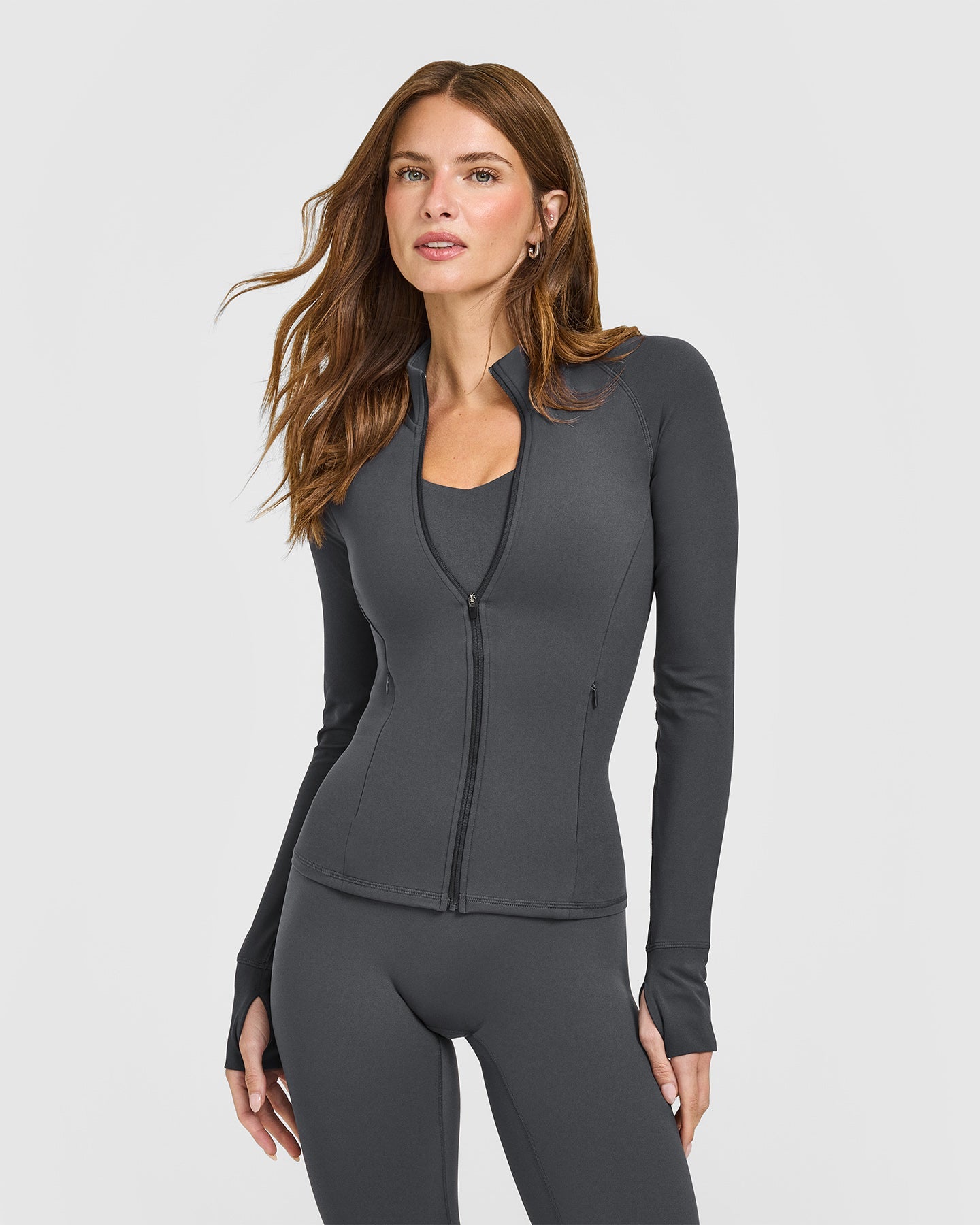All you need is a pair of dumbbells and these four exercises to build strong glutes, says a certified trainer
The dumbbell-only glute workout Mia Green relies on to build strong legs and glutes when time and equipment is limited
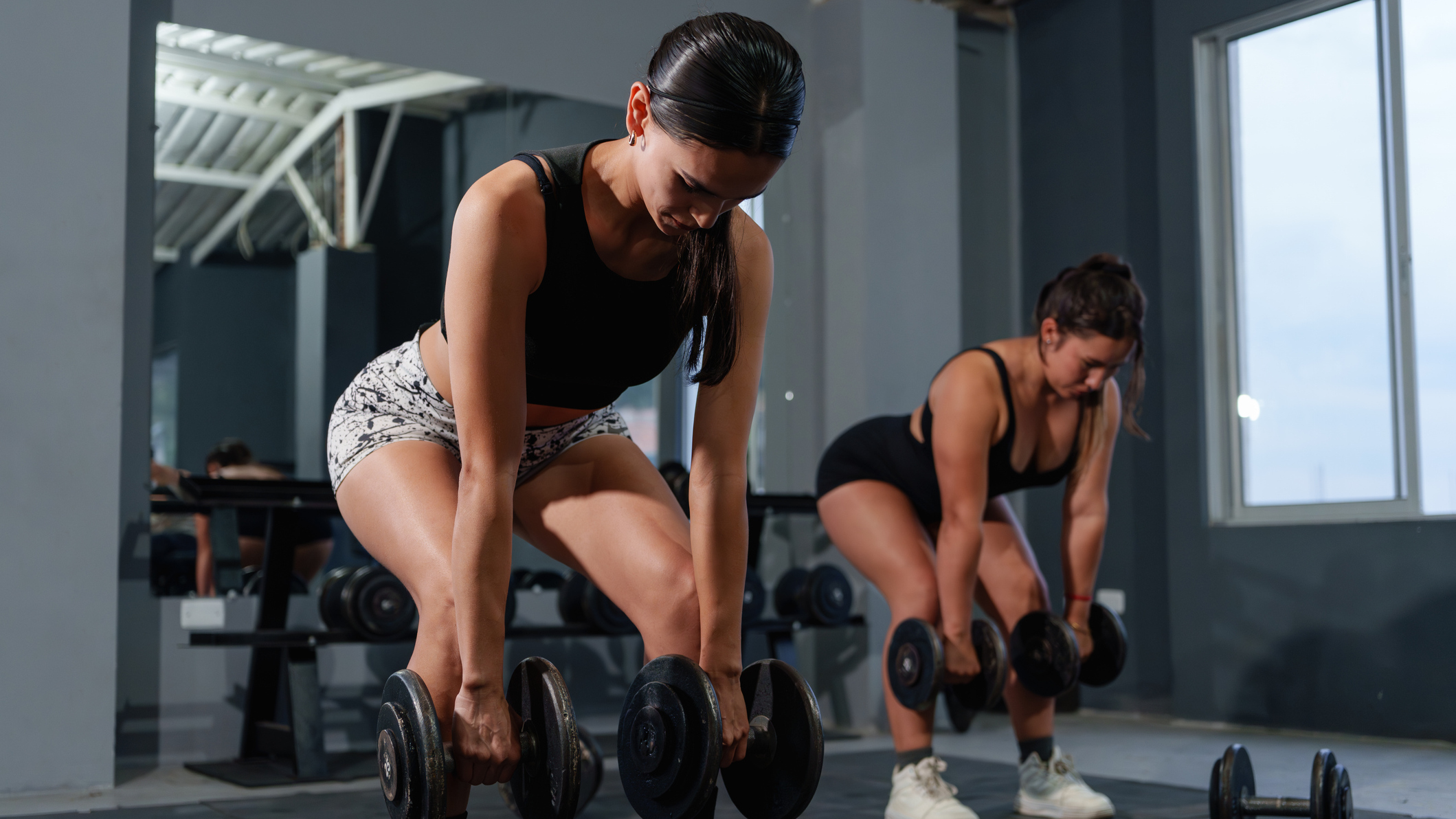
Train your glutes at least once a week. That’s the recommendation from certified trainer and Oner Active athlete Mia Green.
Made up of the gluteus maximus—the largest muscle in the human body—the gluteus medius and gluteus minimus, together they form the buttocks and these three muscles are built for far more than just show.
Strong glutes help us squat, stand, walk, run, jump and hold a pain-free posture.
In a recent clip shared to her more than half a million Instagram followers, Green demonstrated a glute-focused dumbbell workout that has become a staple in her routine.
A post shared by MIA GREEN (@mialaurengreen)
A photo posted by on
Speaking to Fit&Well, the 23-year-old says she recommends using this workout once or twice a week to “ensure you're not overtraining [the glutes] but that they are still receiving enough stimulus [to get stronger]”.
Green’s routine draws on four compound exercises that each target the glutes in subtly different ways.
- Romanian deadlifts involve a hinge motion, targeting the full posterior chain of the glutes, hamstrings and lower back to help develop functional strength.
- Next up, hip thrusts with a pulse hone in on the glutes, with the partial rep (the pulse) keeping the muscles under extra tension to promote growth.
- Green’s routine then moves on to Bulgarian split squats, requiring the glutes to stabilize the pelvis while targeting the quads, one leg at a time.
- She wraps up with wide-stance sumo squats that target the gluteus maximus, medius and minimus simultaneously.
While Green is clearly lifting some serious weight, she recommends anyone new to this workout or exercise generally to start light and focus on form first.
Start your week with achievable workout ideas, health tips and wellbeing advice in your inbox.
“It’s really important to note that your form still needs to be correct with whatever weight you’re using,” she says. The weight you lift and the number of reps you aim for should always come second to how you lift.
That said, once you’re comfortable with the exercises, Green suggests opting for a weight that means you’re near failure—being unable to complete any more reps with good form—in the last couple of reps of each exercise. “That’s best for muscle growth,” says Green.
Green can be seen using wrist straps with the first exercise. “I find them very helpful when lifting heavy where you may feel as though your grip strength is becoming a limiting factor,” she explains.
The straps, which are tied around the handle of the dumbbells and are often used in barbell training, allow a user to lift heavier with less tension and strain on their grip.
“This lets me focus more on the mind-to-muscle connection during exercise,” continues Green.
“I wouldn’t recommend straps for beginners, however, because their focus should be on form rather than lifting heavy, and building up your natural grip strength before starting to rely on straps.”
Lastly, Green warned that this workout is likely to trigger delayed onset muscle soreness (DOMS) in your glutes and thighs. This is nothing to be worried about.
“When I get DOMS, I'll try and make sure I don’t train that area again until the sensation has subsided,” she says, adding that a warm bath with Epsom Salts or a massage usually speeds up the recovery process.
Mia Green's favorite Oner Active pieces

Sam Rider is an experienced freelance journalist, specialising in health, fitness and wellness. He is also a REPS level 3 qualified personal trainer.
You must confirm your public display name before commenting
Please logout and then login again, you will then be prompted to enter your display name.

